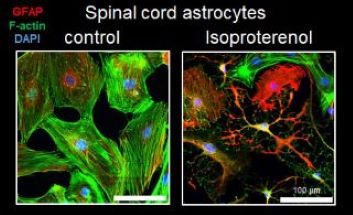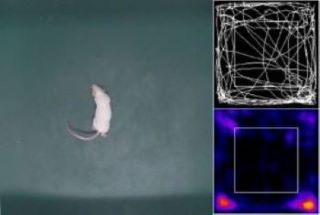- Home
- Social Action
- ★One Health Relay Report #17★
About "Astrocytes"
 Profile #17: Dr. OTSUGURO Ken-ichi, Professor
Profile #17: Dr. OTSUGURO Ken-ichi, Professor
Laboratory of Pharmacology,
Department of Basic Veterinary Sciences, Faculty of Veterinary Medicine
【Research Topics】
・Role of adenosine/hydrogen sulfide as endogenous transmitters
・Regulation of astrocyte function by transmitters
~Astrocytes~
The brain and spinal cord are made up of numerous numbers (100 billion or 200 billion) of neurons, while there are more than 10 times as many different types of cells as nerve cells. They are called glial cells, and astrocytes are most abundant cells among them. Astrocytes have been thought to work behind the scenes e.g., maintenance of tissue structure as glue or ionic conditions around neurons. Recently, however, it has become clear that astrocytes play a central role in the regulation of central nervous system function and influence animal behavior by controlling neural activity and cerebral blood flow. Moreover, it is indicated that the change in astrocyte function may cause various diseases including depression and epilepsy. Although astrocytes are into limelight, they still have many unknown parts. Our laboratory conducts research that begins with simple questions such as “What do these cells (astrocytes) do?” and “When they were stimulated, what kind of reaction would these cells show? Through the astrocyte research, we continue the research to reveal new aspects of the brain and spinal cord.

Stained image of spinal cord astrocytes in culture.
Astrocyte form changes by stimulation.

Behavioral analysis of mice by trace (upper right) or heatmap (lower right).
If animal feel anxious, the amount of time spending in the middle reduces.
